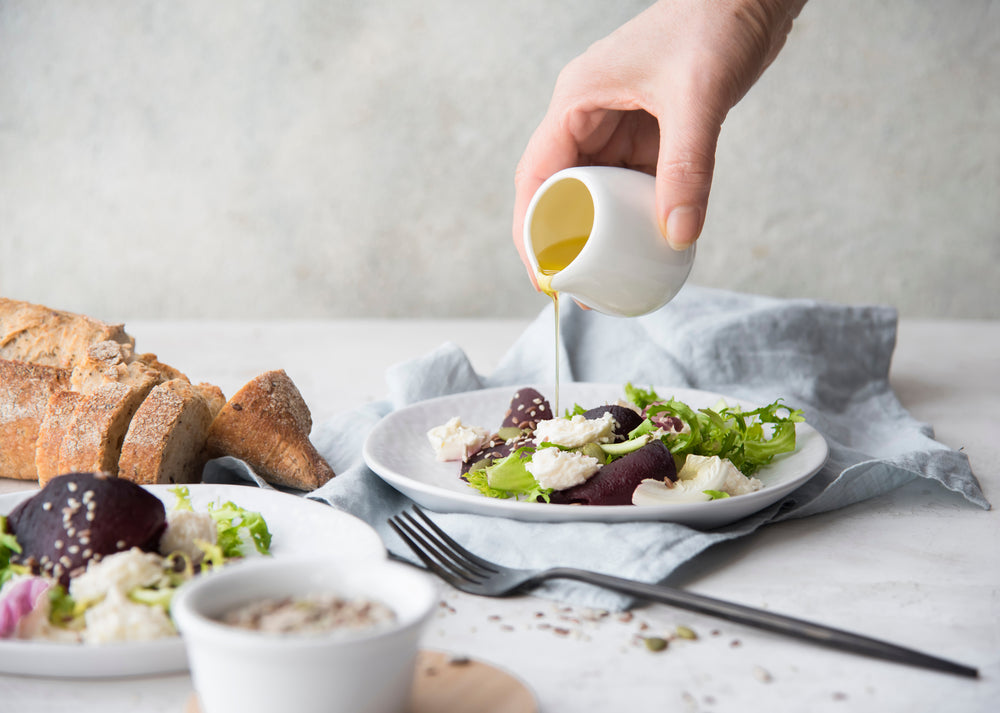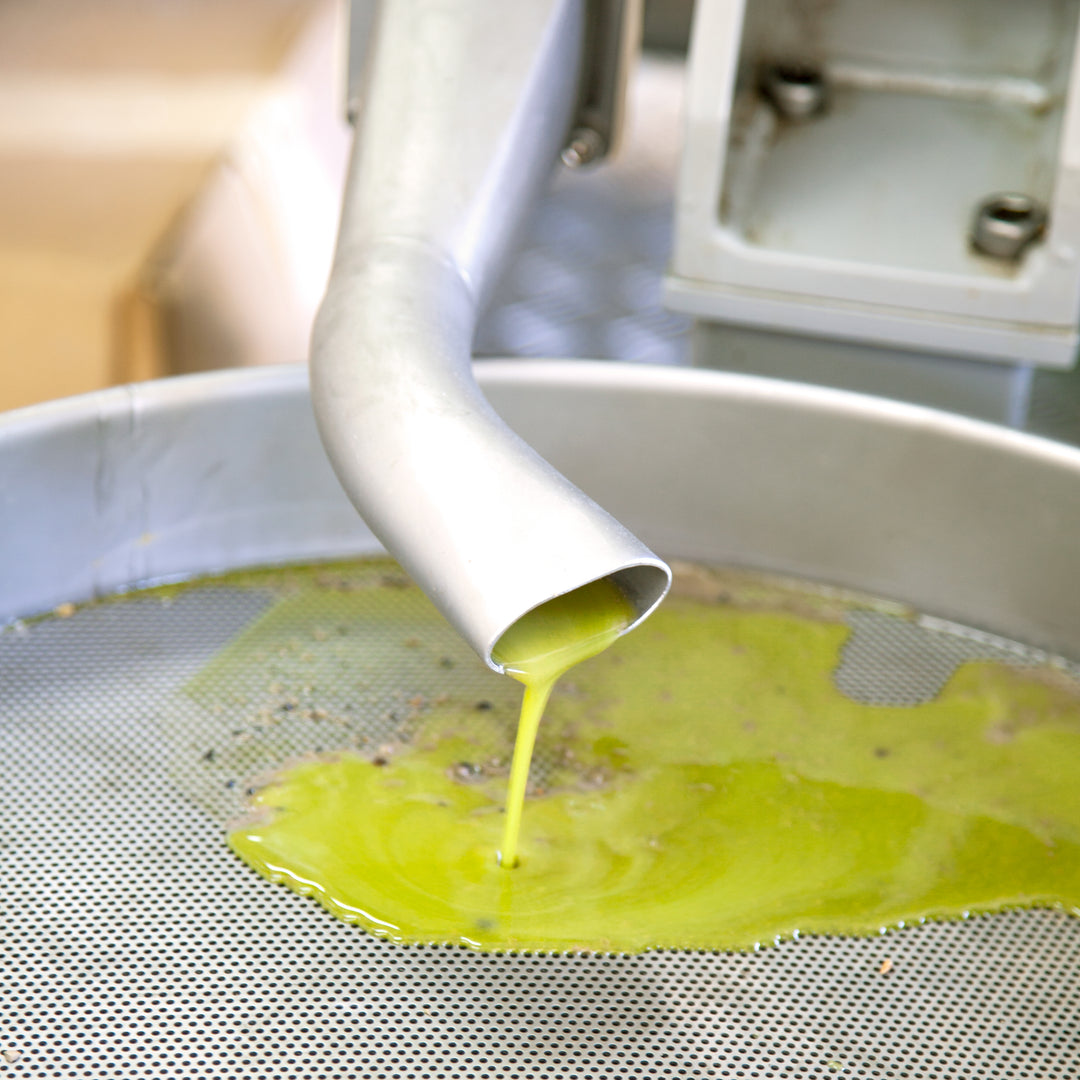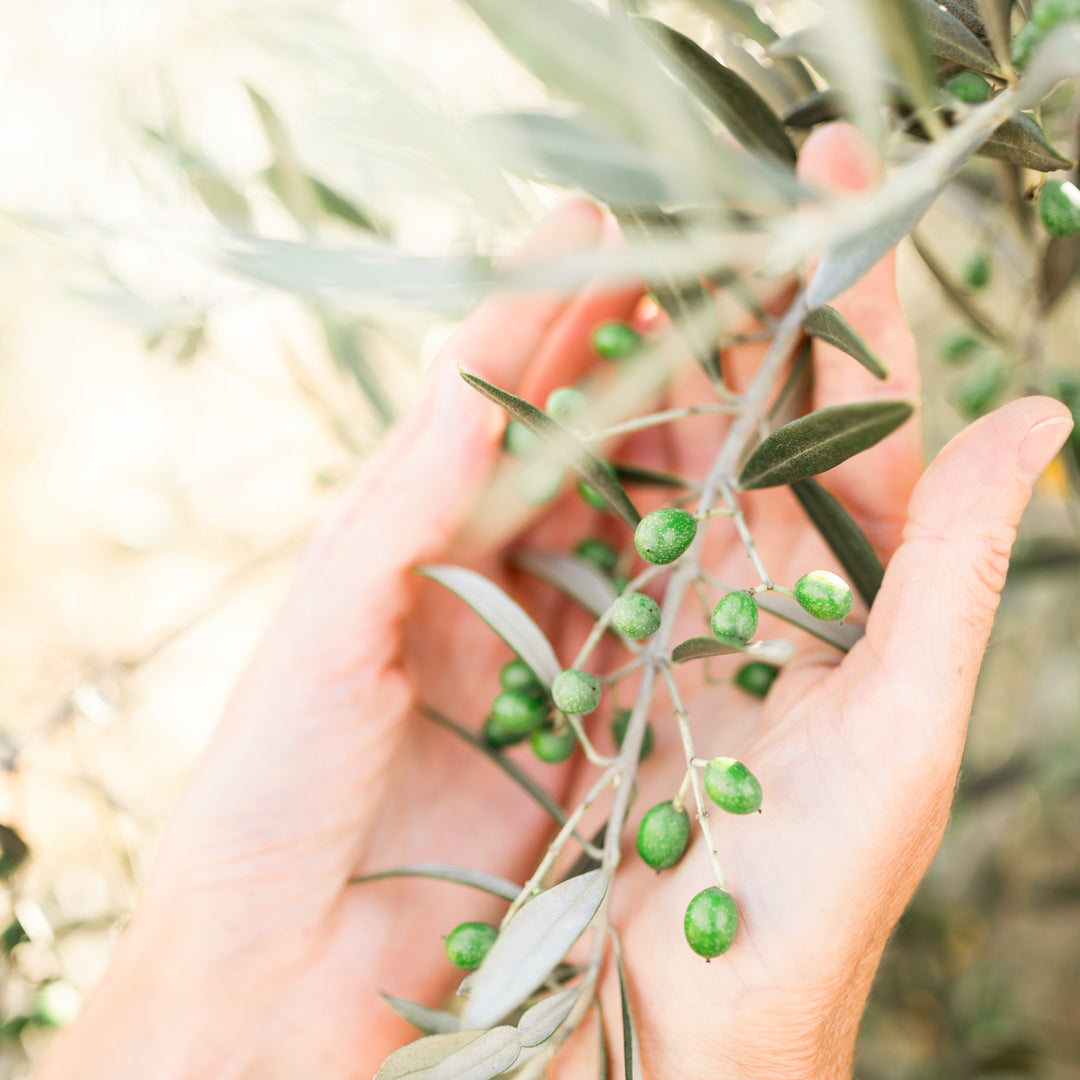Olive Fruit Fly Management
We are frequently asked by visitors: Why are your olive tree white?
During the summer we spray our olive trees with Kaolin clay. Kaolin clay is a type of clay primarily made up of kaolinite, which is a mineral that is found all over the earth. The two main reasons why we do it is to first of all, protect the trees from the intense heat we experience during the summer. The second reason is to protect the fruits { Olives } from the olive fruit fly.
Practically unknown from the consumer, the olive fruit fly causes each year serious economic damage to California's table olive and large olive oil orchards. Olives grown by homeowners for home curing or oil are equally at risk. A native of eastern Africa, it is considered the most damaging pest of olives in southern Europe, North Africa, and the Middle East. They were first detected in North America infesting olive fruits on landscape trees in Los Angeles County in November 1998. It can now be found throughout the state.

{Olive Fruit Fly - Source: Shutterstock}
The olive fruit fly larvae which develops inside the olive after the female stung the olive, is the main stage causing damage. The result will be fruits showing several stings on the surface, fruit drop, or direct pulp destruction by larvae. Larval feeding also allows microorganisms to invade the fruit, causing rot and lower oil quality.

{First stage of damage, the olive is stung - Source Shutterstock}
{Second stage, the olive starts to rot - Source: Chateau de Luz}

{Last stage: The olives is completely rotten with the larvae fully developed - Source: Shutterstock}
In areas of the world where olive fruit fly is established and not controlled, its damage has been responsible for losses of up to 80% of oil value because of lower quantity and quality, and in some varieties of table olives, this pest is capable of destroying 100% of the crop. Indeed, on the few ornamental olive trees we have on our property that are not sprayed, we can see that almost all the olives have been attacked by the olive fruit fly, making them unproper for milling {As seen on the picture above}.
Needless to say that olive fruit fly management is one of the top priorities for olive growers like ourselves. Many solutions exists to remedy against this pest. Because we follow organic farming practices, we choose to spray our trees with kaolin clay that makes the olive invisible to the fruit fly.
Our goal being to produce the best ultra-premium Extra Virgin Olive Oil {EVOO}, we have zero tolerance for the olive fruit fly damage on our crop. The white film created by the kaolin clay does affect the appearance of our tree { ... it looks like Christmas in summer ... }, but that's a price we gladly pay to protect our olives.
In case you are wondering ... olives are thoroughly washed before being milled, so no clay find its way in our EVOO. Washing is actually the first step in our milling process.

Like harvest, olive fly management is time consuming and costly. For lower quality olive oils, like most of the EVOO found in the supermarkets, it is always questionable whether or not olive fruit fly damages were present at the time of extraction.
Because unfortunately there are very limited { … or nonexistent…} regulations regarding the import and commercialization of EVOO, it is up to you, the consumer, to be educated. If you want to be sure to get the best EVOO, one of the questions to ask your olive grower is what type of olive fruit fly management they are using.
At Chateau de Luz, we committed to 100% transparency. If you would like to know more about how we manage the olive fruit fly, please contact us.
Photo Credit: Sharisse Rowan Photography, Sandra Austoni and Shutterstock







Leave a comment